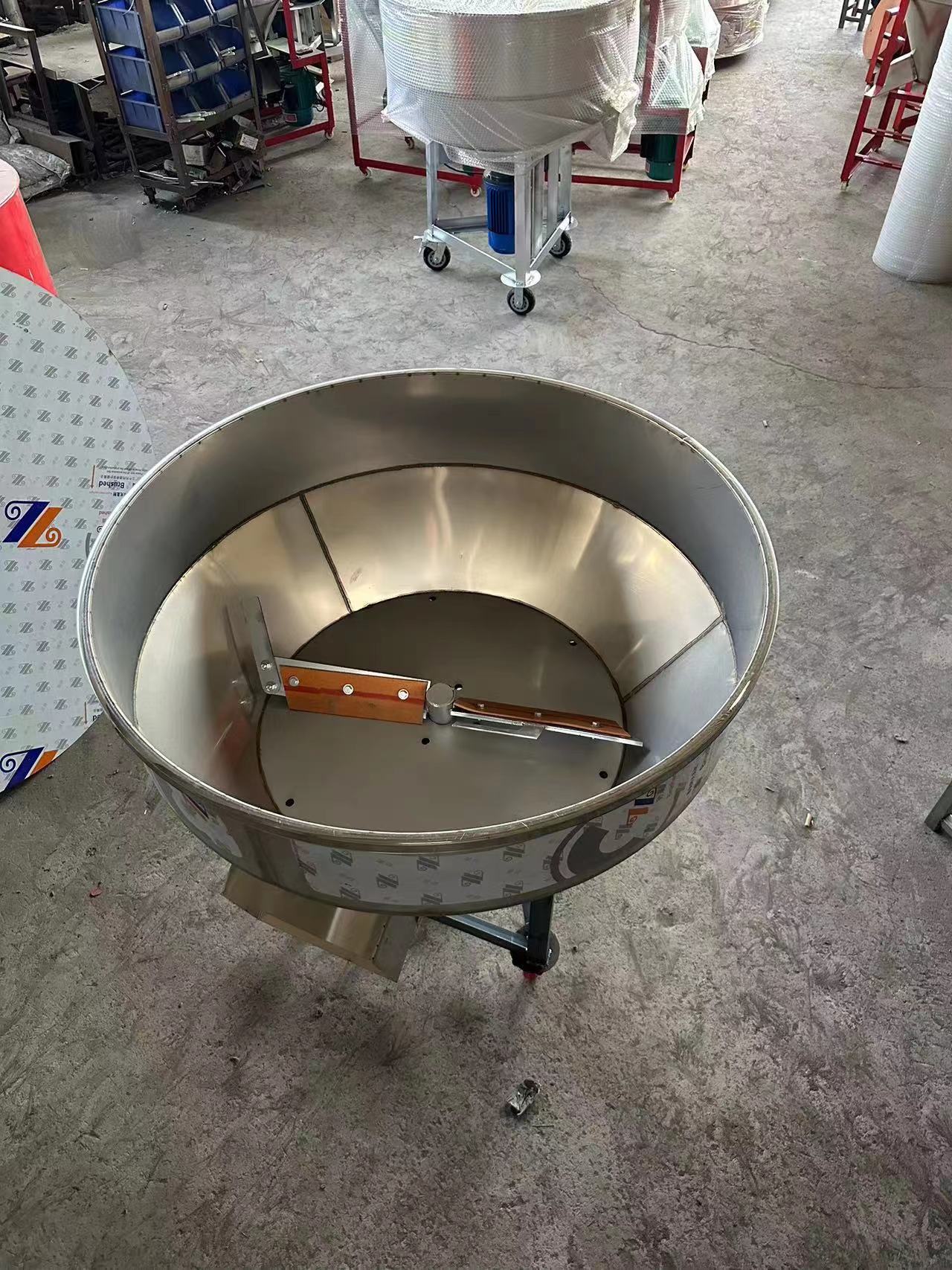Poultry Transport Cages - Durable, Safe, and Efficient Solutions
Aug . 30, 2024 00:29 Back to list
Poultry Transport Cages - Durable, Safe, and Efficient Solutions
The Importance of Poultry Transport Cages
In the poultry industry, the safe and efficient transport of birds is paramount. Whether it’s for moving chickens, turkeys, or other poultry species, the method of transportation can significantly impact the health and well-being of the animals. This is where poultry transport cages play a vital role. These specially designed cages ensure that birds are transported safely, securely, and humanely while minimizing stress during the journey.
Poultry transport cages are designed with several key features that enhance both animal welfare and transportation efficiency. Made from durable materials, these cages are built to withstand the rigors of transport while providing adequate ventilation. Good airflow is crucial, as it helps to maintain an appropriate temperature and reduces the stress levels in poultry during transit. Many cages are also designed to be stackable, maximizing space usage in vehicles and ensuring that more birds can be transported at once without compromising their comfort.
Another important aspect of poultry transport cages is the ease of cleaning and disinfection
. Given the biosecurity risks associated with transporting poultry, it is essential that cages can be easily sanitized to prevent disease transmission. Many manufacturers design their cages with removable components, allowing for thorough cleaning to maintain hygiene standards, a critical factor in protecting both animal health and the broader poultry industry.poultry transport cages

The design of poultry transport cages also considers the behavior and needs of the birds. Cages often incorporate features such as non-slip flooring and adequate perches, which can help reduce stress during transport. By providing a stable and comfortable environment, transport cages help ensure that the birds arrive at their destination healthy and in good condition.
Moreover, regulations governing the transportation of live animals have become increasingly stringent. Many countries have specific guidelines regarding the dimensions of cages, the space allowed per bird, and the overall conditions under which live poultry can be transported. These regulations are designed to ensure that animal welfare standards are upheld and that transported birds are not subjected to undue hardship.
In addition to their practical benefits, poultry transport cages can also improve the overall efficiency of the supply chain. Efficient use of space means more birds can be transported at once, which can lead to cost savings for producers and distributors. This efficiency is crucial for meeting consumer demand while ensuring that the poultry industry remains sustainable.
In conclusion, poultry transport cages are a vital component of the poultry industry's supply chain, ensuring the safe and humane transport of birds. Their design incorporates various welfare considerations, allowing for the secure and stress-free movement of livestock. As the industry continues to evolve, the importance of these cages will only grow, reflecting the increasing emphasis on animal welfare and sustainable practices in poultry transportation. By investing in high-quality transport cages, poultry producers can contribute to the health of their livestock while enhancing overall operational efficiency.
-
Automatic Feeding Line System-Pan Feeder Nipple Drinker|Anping County Yize Metal Products Co., Ltd.
NewsJul.29,2025
-
Hot Sale 24 & 18 Door Rabbit Cages - Premium Breeding Solutions
NewsJul.25,2025
-
Automatic Feeding Line System Pan Feeder Nipple Drinker - Anping County Yize Metal Products Co., Ltd.
NewsJul.21,2025
-
Automatic Feeding Line System Pan Feeder Nipple Drinker - Anping County Yize Metal Products Co., Ltd.
NewsJul.21,2025
-
Automatic Feeding Line System - Anping Yize | Precision & Nipple
NewsJul.21,2025
-
Automatic Feeding Line System - Anping Yize | Precision & Nipple
NewsJul.21,2025






